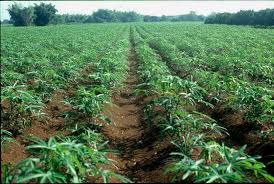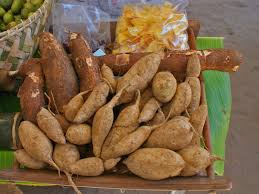MANILA,—– Philippine merchandise exports rallied to 19.7 percent in November, placing the country on top of other East and Southeast Asian economies for the third time, the National Economic and Development Authority (NEDA) announced on Friday.
Data from the Philippine Statistics Authority (PSA) showed that the country’s total export earnings reached $5.178 billion in November 2014, higher than the $4.325 billion posted in November 2013.
PSA noted that the positive growth was mainly brought about by the increase of nine major commodities out of the top ten commodities for the month and these were: coconut oil; cathodes and sections of cathodes, of refined copper; machinery and transport equipment; chemicals; woodcrafts and furniture; ignition wiring set and other wiring sets used in vehicles, aircrafts and ships; electronic products; articles of apparel and clothing accessories; and metal components.
“This strong performance of the exports sector during the period was largely driven by growth in manufactures, agro-based, and mineral products. An increased demand for Philippine-made products by Taiwan, China and the United States of America likewise boosted this expansion,” said Deputy Director-General and currently NEDA Officer in Charge Emmanuel Esguerra.
Data from NEDA showed that the Philippines outperformed Vietnam (10.8 percent), China (4.7 percent), Taiwan (3.7 percent), Hong Kong (2.8 percent), Thailand (-1 percent), South Korea (-2.1 percent), Malaysia (-2.3 percent), Singapore (-6.4 percent), Japan (-10 percent), and Indonesia (-14.6 percent).
“Manufactures continue to gain from positive developments in the global manufacturing sector, as better performance of both the electronics and non-electronics segments pushed exports to a higher growth
Earnings from manufactured goods amounted to $ 4.4 billion, up from $3.7 billion posted in November 2013. Total sales receipts from electronic products amounted to $2.5 billion in November 2014, higher by 27 percent than the $2 billion a year ago.
“The demand during the holiday season likely sustained exports and consumption growth until December 2014 which could potentially support a stronger fourth quarter GDP (gross domestic product) growth,” said Esguerra.
“However, slack demand by the start of 2015 may soften the demand for Philippine exports, in addition to the uncertainties still lingering in many big economies. Considering that exports of goods comprise around 40.7 percent of the country’s GDP, vulnerability to external shocks through the trade channel can pose downward risk to growth,” he added.
Esguerra called for the intensified effort to diversify export products and markets through continued export promotion and market access initiatives. He added that the enhancement of the Export Assistance Network can help provide start-up support for more exporters and further ease export-related procedures. ( PHILIPPINE STAR)




